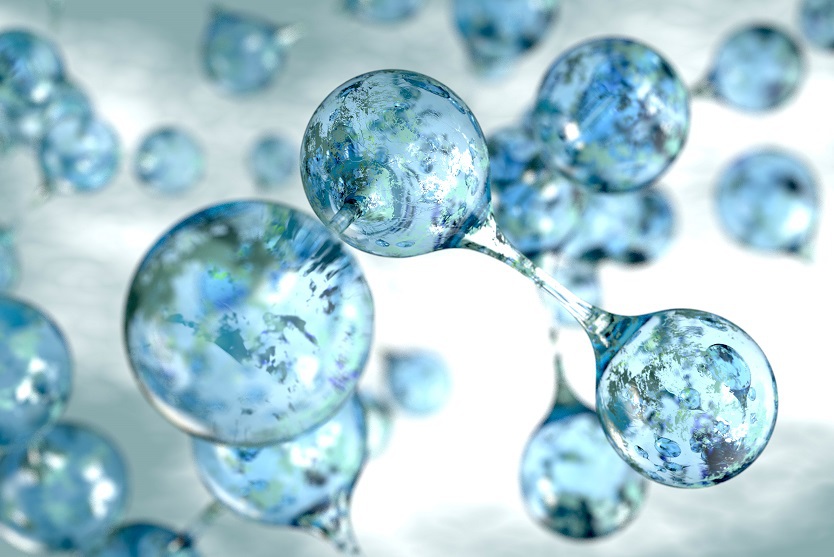
The Fraunhofer IWU has now developed a unique production technique using hydroforming or rolling.
© iStock/smirkdingo
A new generation of hydrogen fuel cells (HFCs) is being developed by the Fraunhofer Institute for Machine Tools and Forming Technology (IWU) in Chemnitz, Saxony. So-called “Chemnitz Fuel Cells” (CFC) are significantly cheaper to produce than existing HFC technology, as the bipolar plates that make up the fuel cell stack can be mass-produced.
Up until now, it has only been possible to produce HFCs in small series and at a high cost, which has prohibited their use in buildings and vehicles. The Fraunhofer IWU – which for some time has been researching new manufacturing methods to support Germany’s hydrogen economy – has now developed a unique production technique using hydroforming or rolling. Here, the thin metal foils are formed into bipolar plates using water pressure (at 200 megapascals). The result is a bipolar plate that is actually higher quality than mechanically-produced plates.
“We have further developed the flow field geometry of our bipolar plate in such a way that it can be produced with alternative processes, such as continuous roll stamping, in addition to the conventional ones. This is the next technological step towards mass production,” explains Sebastian Melzer, research assistant at the Department of Sheet Metal Processing at IWU, in an article in SolarServer.
“We want to achieve a production rate of at least 120 bipolar plates per minute. That's about twice what industrial companies currently manage with classic deep drawing or embossing,” he says. Critically, quality is not compromised through the new process. “Nothing changes in the efficiency of the fuel cells: it remains stable at a high level.”
The development work forms part of a wider state strategy to make Saxony a hub for HFC technology and hydrogen innovation. The Fraunhofer Institute for Electronic Nano Systems ENAS, also based in Chemnitz, assisted in the project.


